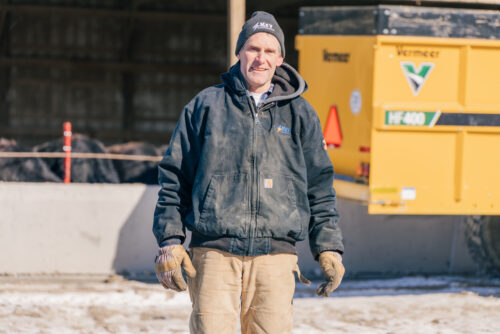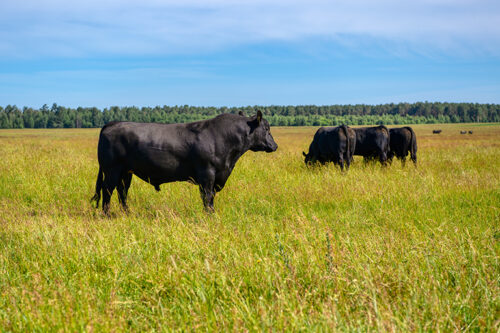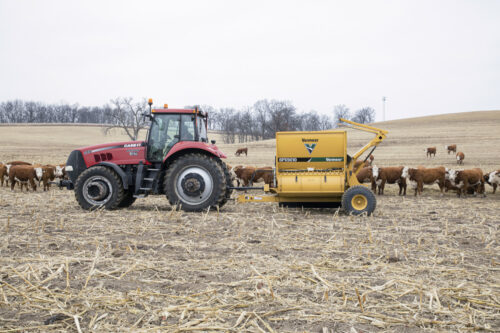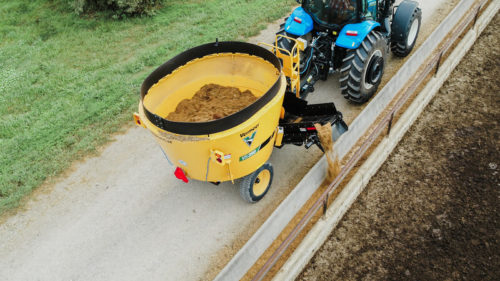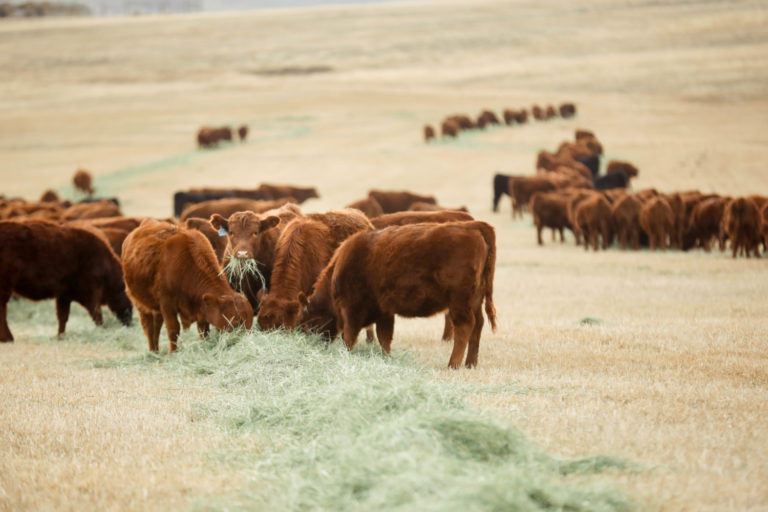
Prioritize sustainability on your ranch
May 2020
Build on your herd’s natural “upcycling” abilities.
Two percent of Americans are actively involved in agriculture. Yet, a major mainstream storyline recently has been the contribution to greenhouse gas emissions by beef cattle production. The idea that eliminating beef production would benefit the environment is a pervasive idea that demonstrates a clear disconnect between the livestock industry and the general public. But research shows halting beef production would have negative effects on the overall sustainability of the U.S. food system. A more prudent approach, researchers have concluded, is building on existing strengths of beef cattle to grow their positive impact on the overall sustainability of the food supply.
Sustainability as a topic — especially among the general public — is fraught with disagreement when it comes to how agriculture can contribute to the sustenance and improvement of the environment. These disagreements on sustainability also have social and economic implications beyond their effects on the environment, according to Elanco Animal Health Inc. Technical Consultant for Sustainability Sara Place.
Part of that comes from a sometimes unclear definition of the term “sustainability.” By definition, as it pertains to agriculture, sustainability comprises efforts to continue to produce a secure, ample food supply for a growing population in a way that doesn’t adversely affect the environment. And there are things farmers and ranchers do every day to contribute to this effort.
"We want to be not only environmentally sustainable but also economically sustainable."Greenhouse gas emissions are a consequence of our modern society. In beef cattle, the gases comprise methane produced by ruminant bacteria and ultimately emitted by animals during the digestion process. Though these emissions contribute less than 2% of the total attributed to climate change, Place said research efforts are currently targeting ways to lower them through things like animal genetics and feed ration ingredients.
“We want to be not only environmentally sustainable but also economically sustainable,” Place added. “From the producer perspective, it is important to note a few things before implementing practices to increase sustainability in your herd.”
Integrating such practices into a beef operation should be based on both environmental and economic sustainability and target specific ways to create incremental change on the farm or ranch level. Improving irrigation efficiency and water use looks completely different in the southwestern U.S. than it does in a less arid region, like the eastern seaboard, but the goals are the same. This applies sustainability too — all efforts should be examined on an operation-by-operation basis, as there is no “one-size-fits-all” approach that will work for every producer.
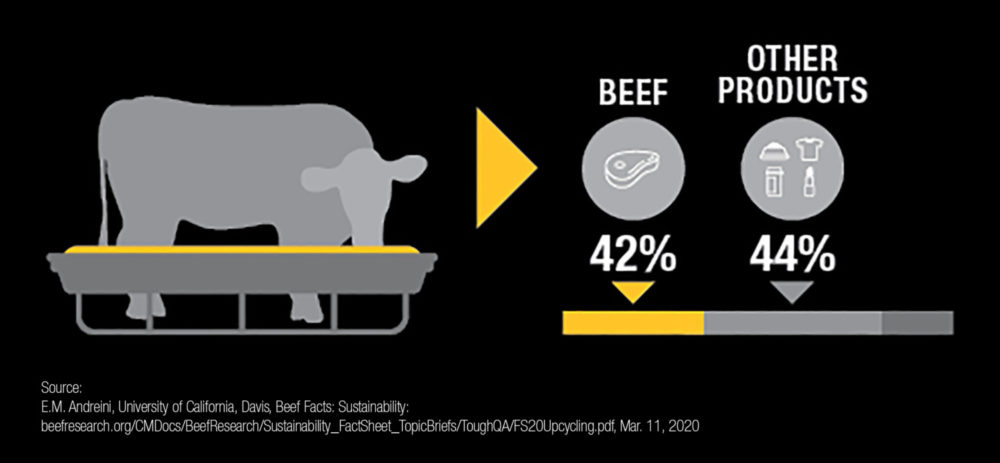
It’s important to both recognize the value of this process and find ways to integrate it into the general sustainability conversation, according to Place. Beef cattle contribute to environmental sustainability and integrating ways to enable these “upcyclers” to help better use land that has little other use to the human food supply chain should become a priority for the industry. For example, beef producers can use corn stalks — baled or standing in the field — that would otherwise be left to break down in the field as a fiber source in a balanced feed ration. Doing so helps glean some feed value from stalks, thereby contributing to an operation’s economic sustainability, whereas they would otherwise be of little or no worth.
"Beef cattle have the unique ability to take human-inedible feedstuffs and upcycle them into a high-quality protein fit for human consumption."“Beef cattle have the unique ability to take human-inedible feedstuffs and upcycle them into a high-quality protein fit for human consumption,” she said. “Further, beef cattle can consume forages grown on land unsuitable for cultivation, expanding the land available for food production.”
As you plan the future of your beef or crop operation, consider adding sustainability priorities and how you can incorporate them as you map out the next year to five years of production. Start by clearly defining what sustainability means to you — both economic and environmental — and create a process for how you will make improvements over time. And, encourage your friends, neighbors and other producers to do the same. Every effort will contribute to improved sustainability in the long run.
***
Information noted above was gathered from a third party who was advised his/her experience might be featured in marketing materials. This article contains third-party observations, advice or experiences that do not necessarily reflect the opinions of Vermeer Corporation, its affiliates or its dealers. Individual results may vary based on care and operation of machine and crop and field conditions, which may adversely affect performance.


